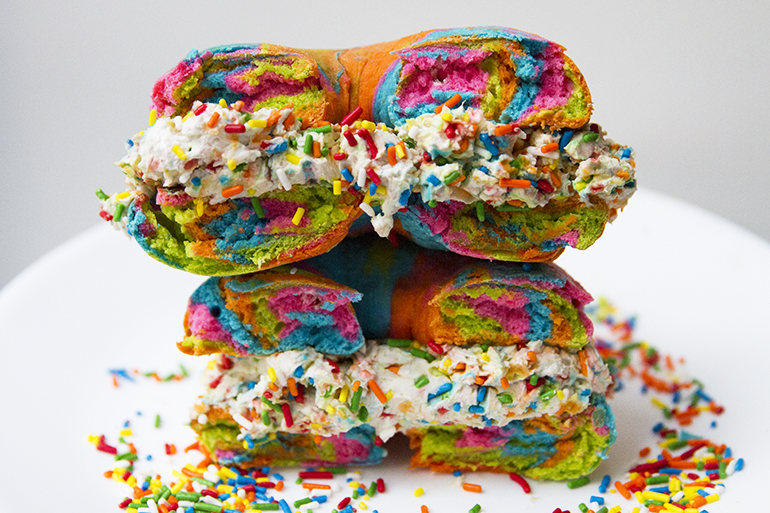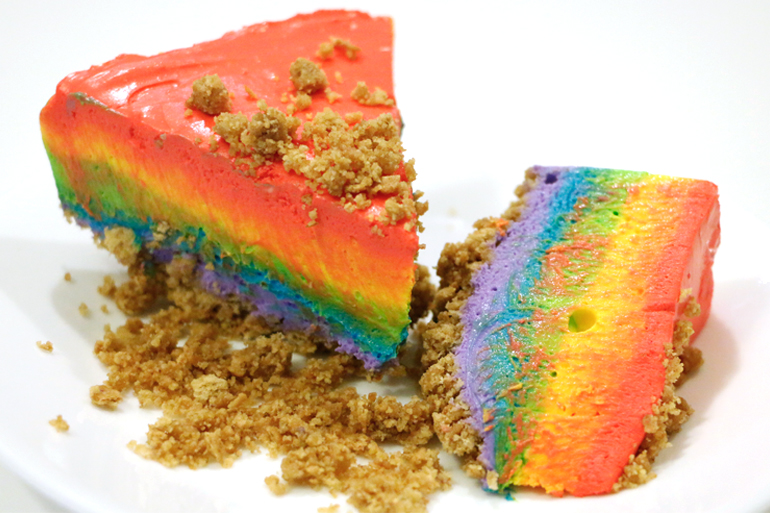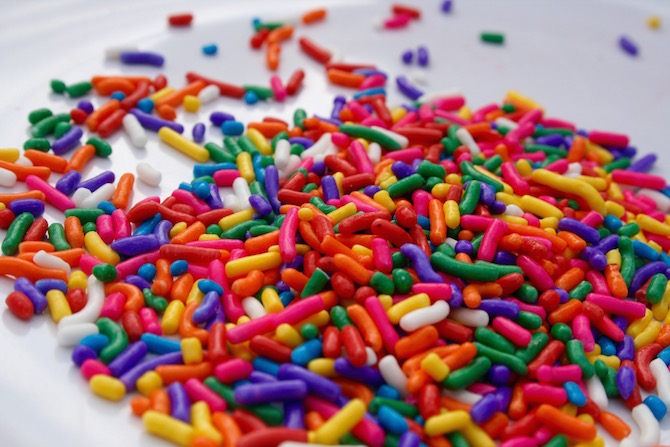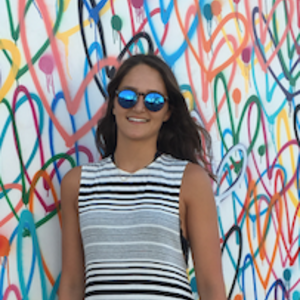If you haven’t seen an Insta or picture in your newsfeed of some rainbow food lately, you have probably been living under a rock. The rainbow food trend has taken over everything, from bagels to grilled cheeses and even cakes.

Photo by Max Bartick
As pretty and delicious as these outrageous creations may look, there is an issue that comes with eating them, and I am not talking about their nutritional value.

Photo by Marie Rodgers
Artificial food coloring has been a hot topic with the FDA for many years now. All the beautifully colored foods we are eating are causing many health problems with adults and especially children.
Research has linked food coloring consumption to increase hyperactivity in children and has even shown links to cancer.
The FDA even banned the use of Red #3 because it has been proven to be a carcinogenic dye. This was not the first dye that the FDA banned, as many other colors, including Orange #1 and Red #2 have also been banned many years ago.
If so many colors have been banned in the past and are shown to be carcinogenic, why are we still eating and using artificial food dyes?
Artificial food dyes continue to dominate the market and pose health threats, especially when it comes to kid-targeted and marketed foods.
Despite many petitions and movements to get the FDA to ban and create safer alternatives for artificial food dyes, big corporations refuse to acknowledge the link between food dyes and certain diseases and dismiss the topic.

Photo by Torey Walsh
To help protect yourself from the potential dangers of food coloring, you can try and avoid foods that have food coloring and look for better, tastier, and healthier alternatives.
There are also natural food dyes that are made from fruits and vegetables that have natural color to them, that can be utilized in place of artificial food coloring (such as in this rainbow cake).

Photo courtesy of phillymag.com
These dyes are not as vibrant as the artificial ones, but they are one hundred percent safe and pose no risks to your health.
#SpoonTip: If you are trying to stay away from food coloring, make sure to read all food labels because you would be surprised to see in how many foods artificial food coloring is hiding.


